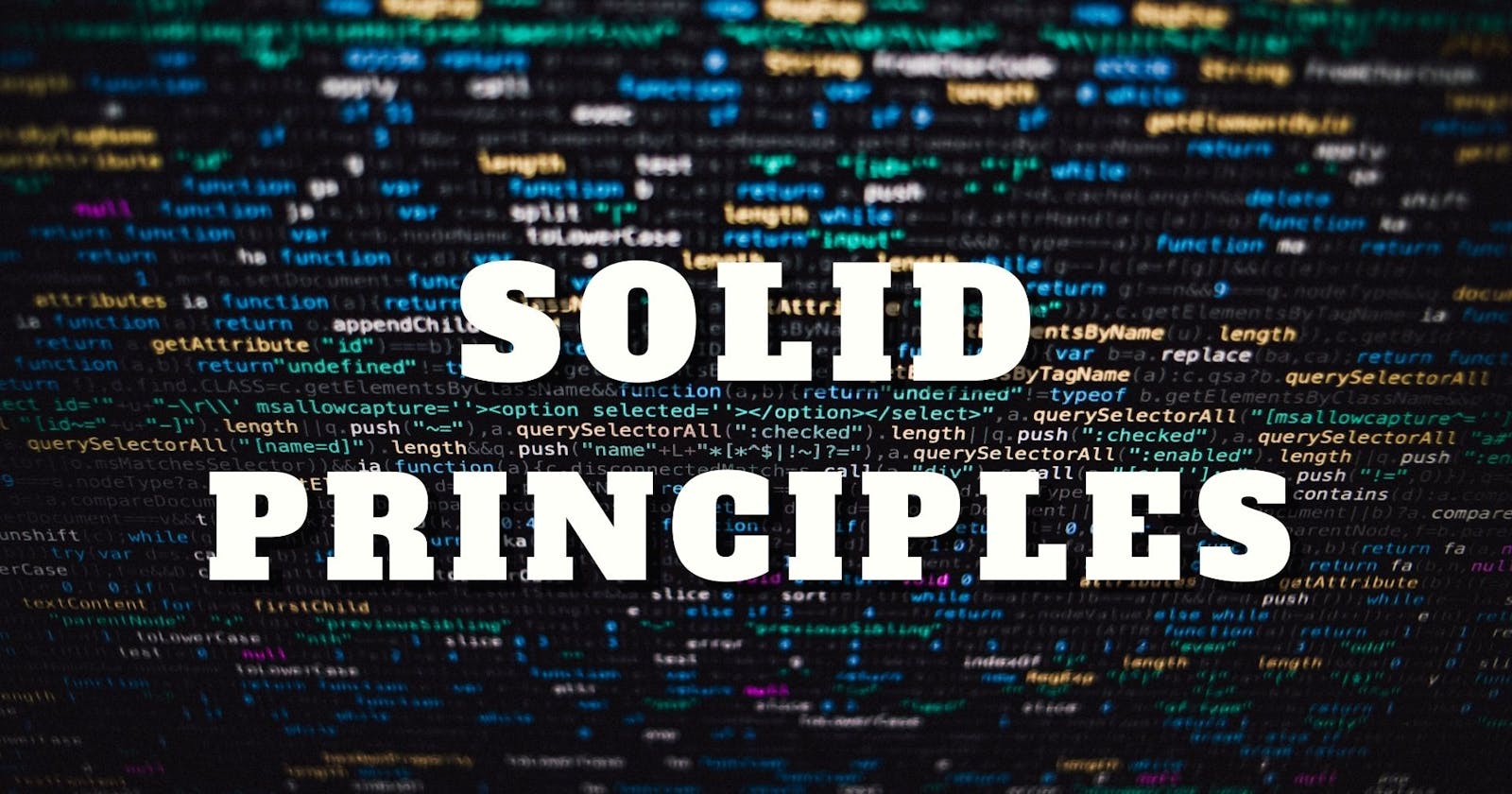How to apply the Liskov Substitution Principle in your Object-Oriented Projects
Entering the wonderful world of Liskov Substitution.
Hello there, fellow developers! Have you ever heard of the Liskov Substitution Principle? No? Don't worry, you're not alone. This principle may not have the catchiest name, or the most exciting reputation, but it's an important concept to understand if you want to design high-quality, maintainable software.
So, what is the Liskov Substitution Principle? In short, it's a principle that states that a subclass must be able to be used in place of its superclass without causing any issues. Think of it like this: if you have a class that represents a vehicle, and a subclass that represents a car, you should be able to use the car anywhere you would use the vehicle, without any unexpected behavior.
Now, you may be thinking, "Well, that doesn't sound so hard. I mean, a car is a type of vehicle, right?" And you're absolutely right! But as with many things in software development, the devil is in the details. It's all too easy to accidentally violate the Liskov Substitution Principle, and end up with code that's difficult to understand, maintain, and debug.
But fear not, dear reader! In this article, we'll be exploring the ins and outs of the Liskov Substitution Principle, and how you can use it to create more flexible, maintainable software. And who knows, maybe along the way we'll even crack a few jokes. After all, if we can't have fun with software development, what's the point?
So sit back, grab a cup of coffee (or tea, or whatever your beverage of choice may be), and let's dive into the wonderful world of Liskov Substitution.
Applying the Liskov Substitution Principle in Object-Oriented Design
Now that we have a basic understanding of what the Liskov Substitution Principle is, let's dive into some examples to see how it works in practice. But first, let's start with a joke:
Why do programmers prefer dark mode? Because light attracts bugs.
Okay, okay, maybe that wasn't the funniest joke in the world. But it does illustrate an important point: programming can be difficult, and sometimes it's hard to understand why things aren't working the way we expect them to. The Liskov Substitution Principle can help with that, by ensuring that our code behaves in predictable, understandable ways.
Let's look at a concrete example. Suppose we have a class hierarchy that represents different types of animals. At the top of the hierarchy, we have an abstract base class called "Animal", which defines some basic methods and properties that all animals have. Below that, we have two concrete classes: "Dog" and "Fish". "Dog" has a method called "bark", while "Fish" has a method called "swim":
abstract class Animal {
abstract void eat();
}
class Dog extends Animal {
void bark() {
System.out.println("Woof!");
}
}
class Fish extends Animal {
void swim() {
System.out.println("Bubble Bubble!");
}
}
Now, let's say we have some code that uses these classes:
public static void makeAnimalSpeak(Animal animal) {
((Dog)animal).bark();
}
This code seems fine, right? After all, we're passing in a "Dog" object, which is a subclass of "Animal", so it should work. But what happens if we try to pass in a "Fish" object?
Fish fish = new Fish();
makeAnimalSpeak(fish);
Oops! We just got a "java.lang.ClassCastException: Fish cannot be cast to Dog" error. What went wrong?
The issue here is that we violated the Liskov Substitution Principle. We assumed that any subclass of "Animal" would be a "Dog", but that's not the case. "Fish" is not a "Dog", so when we try to cast it to a "Dog", we get an error.
So how can we fix this? One solution is to move the "bark" method up to the "Animal" class, so that all subclasses of "Animal" will have it:
abstract class Animal {
abstract void eat();
abstract void speak();
}
class Dog extends Animal {
void speak(){
System.out.println("Woof!");
}
}
class Fish extends Animal {
void speak() {
System.out.println("Bubble Bubble!");
}
}
Now, we can safely call the "speak" method on any subclass of "Animal", without worrying about whether it is a "Dog" or not:
public static void makeAnimalSpeak(Animal animal) {
animal.speak();
}
Dog dog = new Dog();
makeAnimalSpeak(dog); //prints "Woof!"
Fish fish = new Fish();
makeAnimalSpeak(fish); //prints "Bubble Bubble!"
Another way to think about the Liskov Substitution Principle is to imagine that each subclass is a "specialization" of its superclass. For example, a "Dog" is a specialization of an "Animal" that can bark, while a "Fish" is a specialization of an "Animal" that can swim. By following the Liskov Substitution Principle, we ensure that each specialization can be used wherever its superclass is expected, without causing any unexpected behavior.
Embracing the Power of Liskov
Congratulations, you've made it to the end of this article! You now have a solid understanding of the Liskov Substitution Principle and how it can help you write better, more maintainable code.
But don't stop here. The world of software development is vast and constantly evolving, and there's always more to learn. Whether you're a seasoned veteran or just starting out, there's always room to improve your skills and expand your knowledge.
So keep on exploring, keep on learning, and keep on embracing the power of Liskov and other software design principles. As the great computer scientist Alan Turing once said, "We can only see a short distance ahead, but we can see plenty there that needs to be done." So let's keep pushing forward, one line of code at a time.

